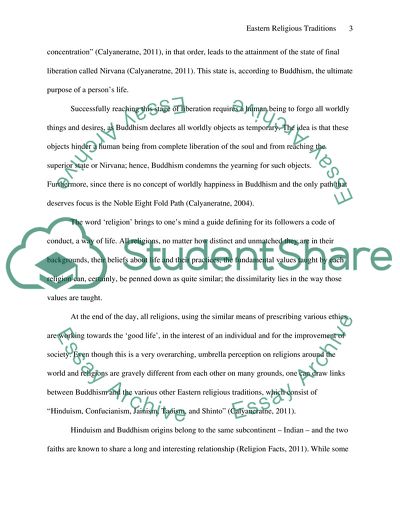Cite this document
(Eastern Religious Traditions Essay Example | Topics and Well Written Essays - 2250 words - 1, n.d.)
Eastern Religious Traditions Essay Example | Topics and Well Written Essays - 2250 words - 1. https://studentshare.org/religion-and-theology/1760190-consult-the-facilitator-regarding-the-assignment-of-one-of-the-eastern-religious-traditions-studied-in-the-course
Eastern Religious Traditions Essay Example | Topics and Well Written Essays - 2250 words - 1. https://studentshare.org/religion-and-theology/1760190-consult-the-facilitator-regarding-the-assignment-of-one-of-the-eastern-religious-traditions-studied-in-the-course
(Eastern Religious Traditions Essay Example | Topics and Well Written Essays - 2250 Words - 1)
Eastern Religious Traditions Essay Example | Topics and Well Written Essays - 2250 Words - 1. https://studentshare.org/religion-and-theology/1760190-consult-the-facilitator-regarding-the-assignment-of-one-of-the-eastern-religious-traditions-studied-in-the-course.
Eastern Religious Traditions Essay Example | Topics and Well Written Essays - 2250 Words - 1. https://studentshare.org/religion-and-theology/1760190-consult-the-facilitator-regarding-the-assignment-of-one-of-the-eastern-religious-traditions-studied-in-the-course.
“Eastern Religious Traditions Essay Example | Topics and Well Written Essays - 2250 Words - 1”. https://studentshare.org/religion-and-theology/1760190-consult-the-facilitator-regarding-the-assignment-of-one-of-the-eastern-religious-traditions-studied-in-the-course.


